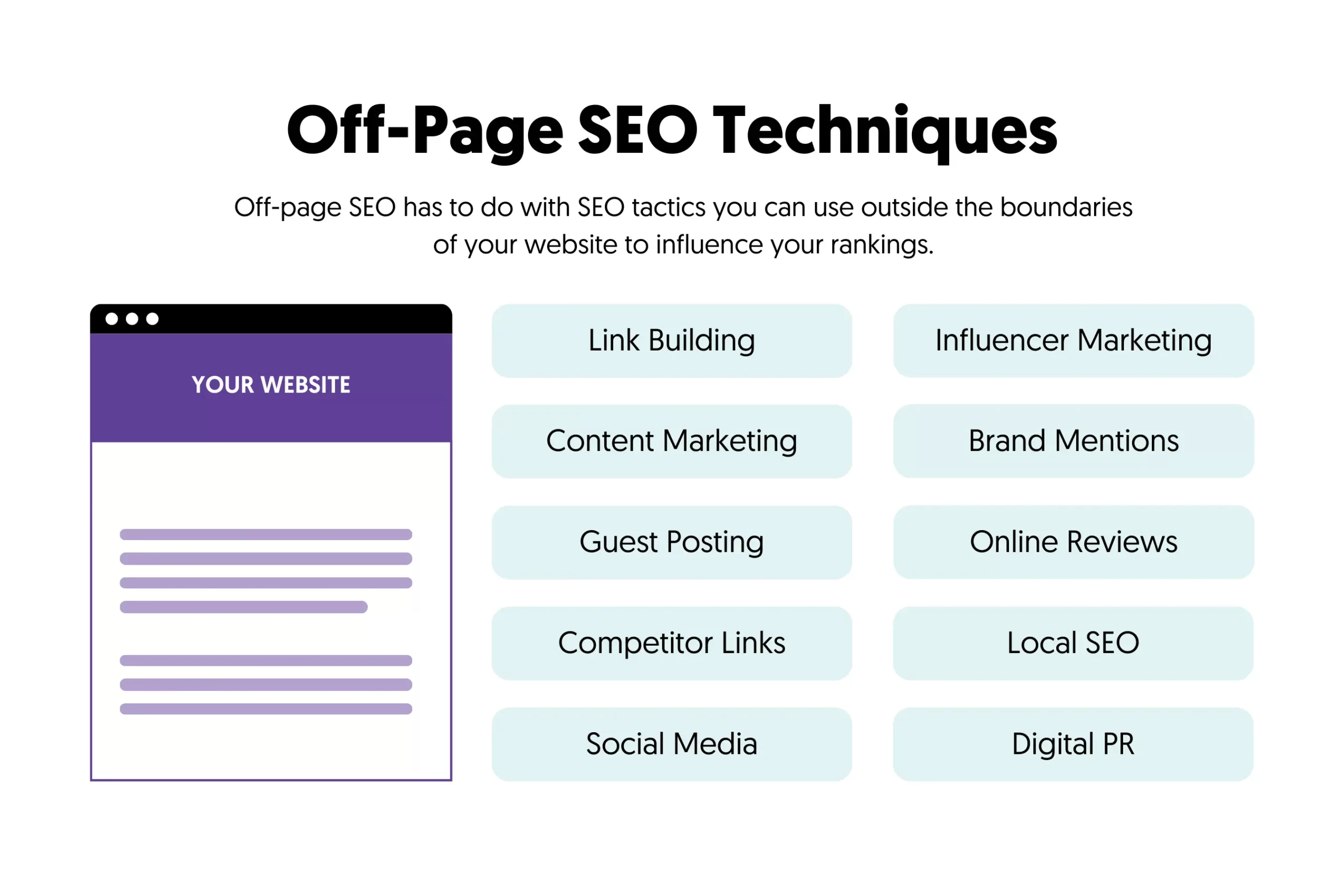Exploring What Is Ruled Out a Default Medium in Google Analytics for SEO
Exploring What Is Ruled Out a Default Medium in Google Analytics for SEO
Blog Article
Revealing the Unconventional Mediums in Google Analytics Beyond Default Setups
In the realm of electronic analytics, Google Analytics stands as a keystone for organizations looking for to recognize their on the internet existence. By venturing beyond the surface area and delving into the complexities of social media data, e-mail project performance, referral traffic resources, direct website traffic patterns, and personalized network groupings, a treasure trove of information awaits those ready to accept a more nuanced approach.

Leveraging Social Media Site Insights
Occasionally forgotten, yet exceptionally beneficial, is the technique of leveraging social networks understandings within the realm of Google Analytics. By incorporating information from platforms like Facebook, Twitter, Instagram, and LinkedIn right into Google Analytics, businesses can acquire a much deeper understanding of their audience and the efficiency of their social media campaigns.
Via this integration, marketing professionals can track and analyze customer behavior on their site that stems from social media sites platforms. They can identify which social media sites networks are driving the most traffic, which content is resonating with the target market, and which projects are transforming one of the most leads. This insight allows for data-driven decisions to maximize social media techniques and enhance total advertising and marketing efficiency.
Furthermore, by combining social networks insights with Google Analytics, services can produce a lot more targeted and individualized campaigns - what is not considered a default medium in google analytics. They can use demographic information, interests, and online behaviors gathered from social media to refine their audience division and deliver customized messages that reverberate with specific consumer teams. This targeted strategy can bring about greater interaction, boosted conversions, and eventually, improved roi
Revealing Email Campaign Efficiency
Discovering Email Project Performance includes assessing essential metrics and efficiency indications to assess the efficiency of e-mail advertising and marketing efforts. When diving into email campaign efficiency, it is essential to analyze metrics such as open rates, click-through rates, conversion rates, and unsubscribe prices. By analyzing these metrics, marketing professionals can adjust their e-mail campaigns for much better interaction and efficiency.
Studying Referral Web Traffic Resources
After evaluating the performance of email campaigns with vital metrics such as open prices and conversion prices, the following essential step is examining recommendation website traffic sources in Google Analytics to understand where site visitors are coming from and exactly how they engage with the website. Reference website traffic resources describe the internet sites that guide users to your site through clickable links. By delving into this data, companies can acquire insights into which external systems are driving website traffic to their website, whether it be social media sites systems, companion web sites, or on the internet directories.
Examining recommendation traffic can offer valuable information on the efficiency of external marketing initiatives and collaborations. It assists companies identify high-performing referral resources that contribute considerably to site traffic and conversions. Furthermore, by understanding the behavior of site visitors coming from different reference resources, companies can customize their advertising techniques to optimize engagement and conversions. Google Analytics provides thorough reports on referral web traffic, enabling organizations to track the efficiency of each referral resource accurately and make data-driven choices to enhance their on-line presence.
Exploring Direct Web Traffic Patterns
Discovering the straight traffic patterns in Google Analytics offers useful understandings right into customer actions and the performance of campaigns - what is not considered a default medium in google analytics. Direct website traffic refers to visitors who land on a site by directly inputting the URL into their web browser, utilizing book markings, or clicking untagged links. Recognizing straight website traffic patterns can aid marketing professionals examine the influence of offline advertising and marketing initiatives, brand name recognition, and the efficiency of word-of-mouth recommendations
By delving recommended you read into straight web traffic information, companies can reveal essential information about user intent and brand name commitment. Examining the habits of direct visitors, such as the pages they check out, the time invested on website, and the conversion rate, can offer a deeper understanding of customer involvement and the general effectiveness of the website in transforming visitors into customers.
In addition, tracking direct website traffic patterns over time allows organizations to determine trends, seasonality results, and the success of certain campaigns or promotions in driving straight sees. This info can after that be utilized to refine advertising and marketing methods, optimize internet site material, and enhance the overall user experience to make the most of conversions.
Making Use Of Custom-made Network Groupings
Using custom network groupings in Google Analytics enables businesses to classify and analyze their web site traffic based upon specific standards, providing useful insights for enhancing advertising and marketing techniques. Personalized channel collections enable business to develop their own tailored collections of website traffic resources, such as social networks, natural search, e-mail campaigns, and recommendation website traffic. By defining these collections, services can gain a deeper understanding of exactly how different advertising networks add to their site traffic and conversions.
This attribute is specifically useful for services with diverse advertising and marketing strategies across various platforms. For instance, a company running both paid and organic social networks projects can set apart in between both to assess their individual performance precisely. Additionally, custom channel groupings can help identify any overlooked or ignored website traffic resources that might be driving beneficial involvement.
Verdict

By venturing past the surface and delving right into the intricacies of social media information, e-mail project performance, recommendation web traffic resources, straight traffic patterns, and personalized channel collections, a prize trove of info waits for those eager to embrace a much more nuanced technique. They can recognize which social media networks are driving the most traffic, which material is reverberating with the target market, and which campaigns are converting the most leads.After assessing the performance of e-mail projects with key metrics such as open rates and conversion prices, the next important step is examining recommendation web traffic resources in Google Analytics to recognize where website visitors are coming from and how they connect with the website. Custom channel collections allow business to produce their very own tailored groups of website traffic resources, such as social media, organic search, email campaigns, and referral traffic. By leveraging social media understandings, revealing e-mail project efficiency, assessing reference website traffic resources, discovering straight web traffic patterns, and using customized channel groupings, marketing professionals can get useful understandings into their on the internet visibility.
Report this page